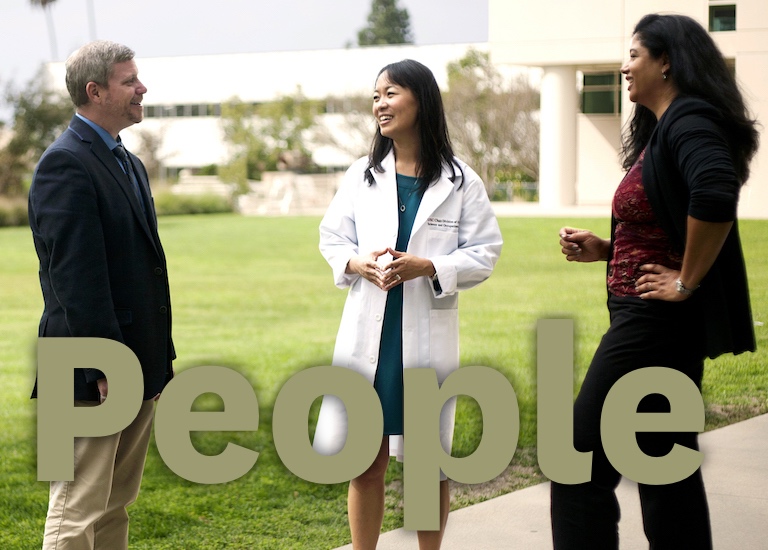Student Blog
Kimberly Rochin
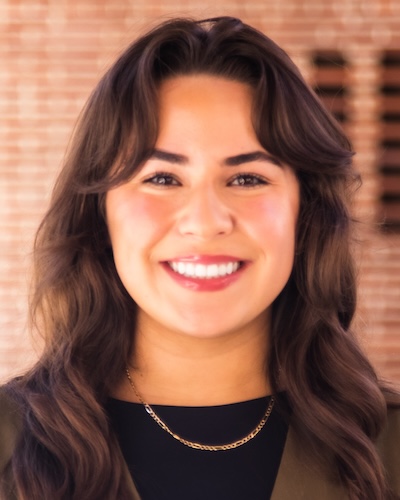
Learning and Traveling ⟩
February 6, 2025, by Kimberly Rochin
Getting Involved International
When I reflect on the standout moments from my time as an undergraduate, my two Maymester adventures immediately spring to mind. From soaking in breathtaking scenery to meeting some truly remarkable people, these journeys offered me a front-row seat to the diverse ways societies function and approach healthcare far beyond U.S. borders.
Exploring Argentina
During the summer of 2023, I enrolled in a Spanish course focusing on the immigration, history, and culture of Argentina. While exploring these themes, I was particularly struck by the local social dynamics. Buenos Aires is teeming with “third spaces” — museums, art galleries, and community centers that serve as social hubs. To my surprise, many of these spaces were free or had minimal cost for public entry.

Views in Argentina
As a tourist, I loved exploring these gems as they were a perfect fusion of how work and leisure intertwine. Another shocking factor was observing how shops and businesses often pause in the afternoon, allowing everyone to enjoy ‘merienda,’ a tea-time break shared with family and friends.
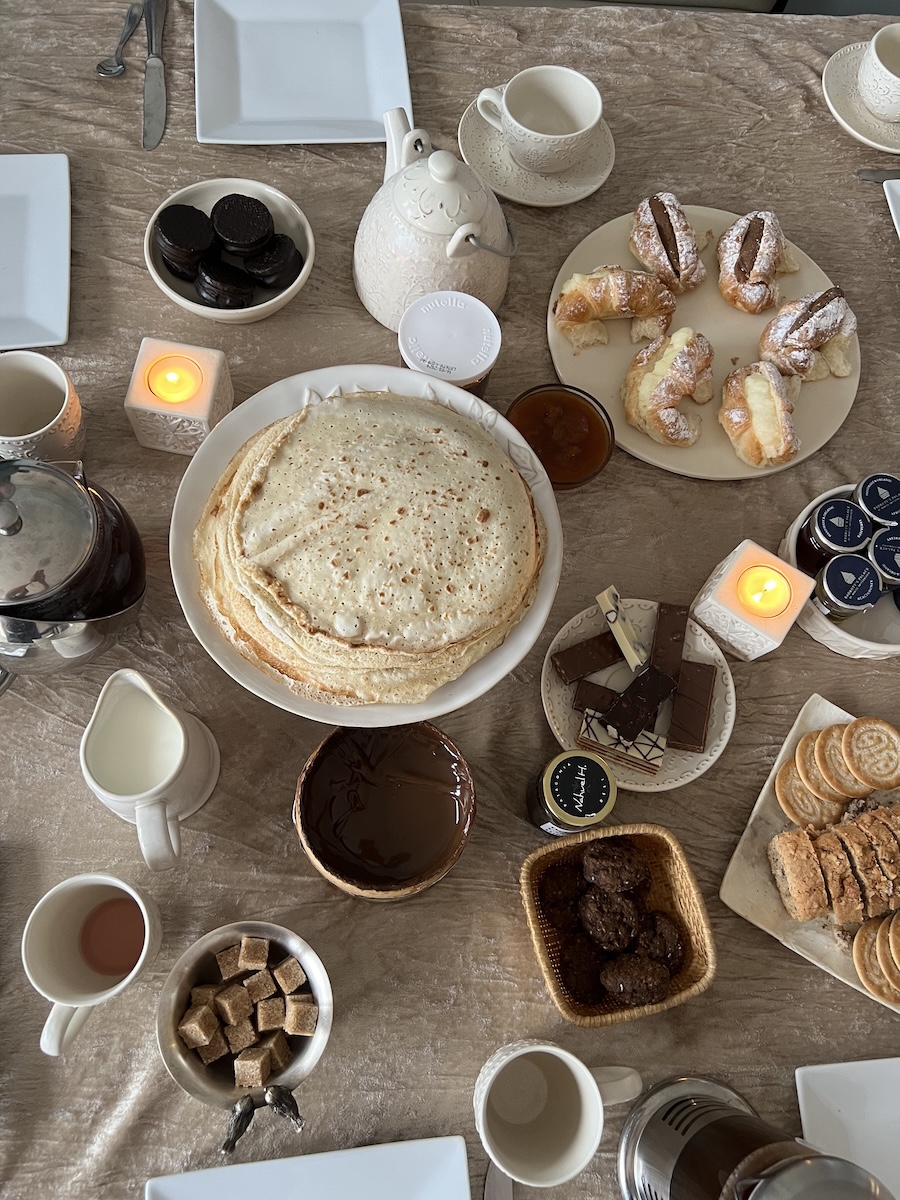
Merienda with my host family
Learning About Preventative Healthcare in Costa Rica
My journey continued this past summer in Nicoya, Costa Rica, where I participated in a Gerontology course examining the country’s famed “blue zones” — regions where people live significantly longer than the global average. Although I was not a fan of the mosquitoes and the occasional snake spotting in our hotel rooms, this experience helped me understand the power of preventative healthcare measures and a collectivist approach to well-being.
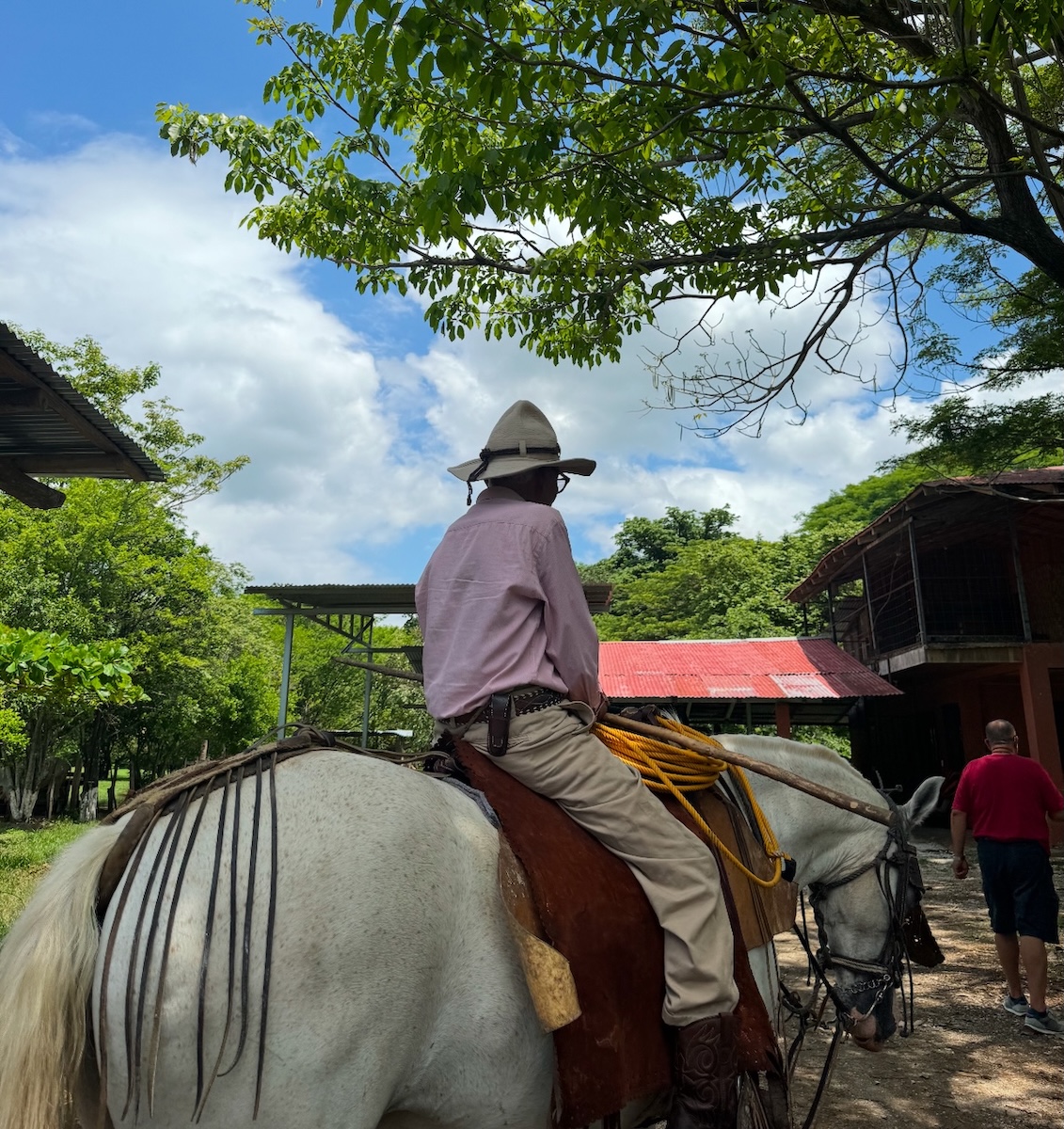
Meeting a centenarian man
In Costa Rica, the vibe is all about community and preventative health, a refreshing change from the more reactive healthcare models I’d seen in the U.S. It’s like they’re all about dodging the raindrops instead of waiting to get wet! This eye-opening experience really drove home the importance of weaving health-conscious choices into the fabric of everyday life. It’s a philosophy that meshes perfectly with the holistic spirit of occupational therapy.
So, what’s next?
Well, of course, I want to keep traveling! I mean, who doesn’t? As I continue my journey in occupational therapy, I am inspired to keep traveling and connecting the dots between cultural practices and health outcomes. Each trip offers new perspectives and strategies that can be adapted to enhance the therapeutic environments we create. By incorporating global insights into my studies and future practice, I aim to advocate for more integrative and culturally aware approaches to healthcare.
A piece of advice: if your undergraduate program offers a study abroad experience, even as short as a couple of weeks like mine, take advantage of them! It’s an invaluable opportunity to broaden your horizons and gain insights that you can’t get from a textbook.
⋯

Connecting with OTs ⟩
November 16, 2024, by Kimberly Rochin
Let’s face it: occupational therapy is an incredible field that’s evolving and expanding daily. The beauty of OT lies in its versatility, allowing therapists to address patient needs at every life stage and in almost any environment. Yet, with so many specialties and settings, it’s hard not to feel a bit of F.O.M.O.
That’s where building connections comes in. Networking with other professionals in the OT community can open up insights that enrich our learning. I’ll share practical tips and strategies for connecting with professionals that worked best for me!
1. Do Your Homework
Before reaching out, take a few minutes to learn about the person. Knowing a bit about their background and interests shows that you’re genuinely interested and can help you connect more meaningfully. Some great platforms are LinkedIn, the individual’s affiliated organization (for example, clinics or hospitals), or even just a quick Google Search. You don’t need to know ALL the information about them; you can just bounce back from a few pointers.
2. Be Intentional
Make your outreach purposeful. Think about what you hope to gain from the connection (e.g., insight into a specific setting or advice on a skill), and communicate that. By practicing intentionality, you are respecting the recipient’s and your time!
3. Email/Point of Contact
Don’t underestimate the power of a well-crafted email! A friendly, concise message can open doors to meaningful connections. Remember to introduce yourself and be clear about why you’re reaching out.
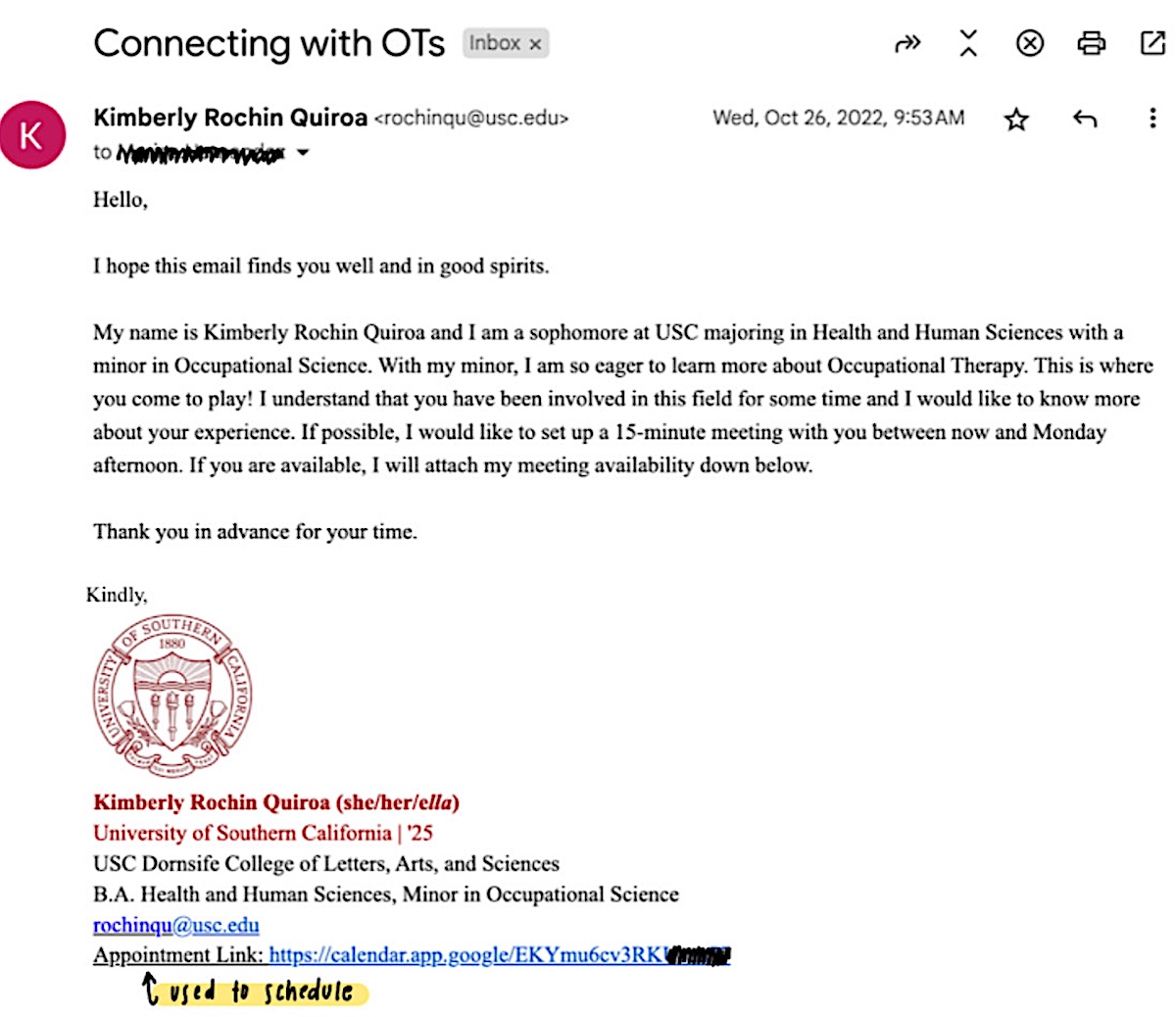
Example outreach email
4. Be Okay with ‘No’ and Flexible with Schedules
Professionals are busy, so don’t be discouraged if someone can’t meet immediately. Respect their schedule and offer alternative times. Patience and flexibility go a long way in showing your appreciation for their time.
5. Scheduling
Offer specific times you’re available to make scheduling easier. Once you’ve confirmed, show up on time and bring prepared questions. If you’re juggling multiple meetings, use a scheduling tool to streamline the process. It keeps things organized and helps you avoid double-booking — showing that you value their time and your own. I use the “Appointment Schedule” feature on Google Calendar. Not only does it make scheduling easier, but I have also received several compliments about my organization!
6. The Meeting . . . OooOOoo
There’s no need to be nervous; just relax and enjoy the conversation! If you’re meeting virtually, ensure you’re in a distraction-free environment with reliable internet and present your best self. I find it helpful to jot down a few bullet points of topics I’d like to discuss; keeping them brief ensures the conversation feels natural (remember: it’s not an interview!).
If you’d like to take notes, let the professional know beforehand. This way, they understand you’re focused on the conversation and aren’t multitasking. Small steps like these can help create a comfortable environment for a productive meeting.
7. Follow Up with a Thank-You
Always follow up with a thank-you email or note. It’s a simple yet impactful gesture that reinforces your appreciation and can leave a lasting positive impression. If you would like to continue connecting, indicate that in the email.
8. Final Thoughts
While these tips have worked well for me, remember that each connection is unique, and there’s no one-size-fits-all approach. Building meaningful relationships in the OT community takes time, patience, and a willingness to adapt. Be open to learning from each experience, and don’t be afraid to try new approaches. So, go out there, make connections, and enjoy learning!
⋯

My Summer at a Play-Based Sensory Integration Clinic ⟩
September 27, 2024, by Kimberly Rochin
This summer, I had the chance to be a camp counselor at Play 2 Progress (P2P), a sensory integration clinic that uses play as its core. As someone who’s all about pediatrics, this experience wasn’t just another job — it was eye-opening. I got to see how powerful play can be in helping kids grow and learn.
Every day at camp was buzzing with energy. The sounds of laughter, excitement, and even frustration filled the air as the kids worked through different challenges. Even though I’ve worked with kids before, P2P was different. Instead of just giving directions, I learned how to empower kids by letting them take control. With sensory processing in mind, I started to find ways for them to use their senses to better understand their behavior and choices. One of my favorite parts of the summer was watching the kids tackle sensory-rich games. These games weren’t just fun — they helped with balance, coordination, and fine motor skills. We turned obstacle courses into mini-adventures, art into sensory experiences, and group games into lessons in teamwork and patience. It was amazing to watch the kids grow more confident with each challenge they faced.
But what stuck with me were the differences between the three, four, and five-year-olds. Even though their ages were close, their attention spans and social skills were worlds apart. That taught me that you can’t expect every child to engage the same way. Each kid has their own developmental pace, and it’s important to meet them where they are to truly support their growth.
While I did come home sometimes covered in slime or my pants splattered with paint, this experience was worth every messy moment, leaving me with unforgettable memories and a deeper passion for helping kids through play.
If you have any questions or would like to learn more about my experience, please do not hesitate to reach out.
Till next time!
⋯





